Looking to elevate your culinary skills with a delicious and nutritious dish? A perfectly crafted seafood salad can transform a simple meal into an unforgettable experience. Whether you’re planning a casual lunch, a romantic dinner, or a family gathering, seafood salads offer a versatile base that can be customized to suit any taste. Packed with fresh ingredients, vibrant flavors, and a variety of textures, seafood salads are not only a delightful addition to any menu but also a healthy option that satisfies hunger while impressing guests. From classic combinations to innovative twists, this guide explores everything you need to know to create the ultimate seafood salad, ensuring your dishes are as impressive as they are enjoyable.

What Do You Put in a Seafood Salad?
A classic seafood salad typically includes a combination of fresh seafood, vegetables, and a flavorful dressing. Here’s a breakdown of common ingredients and variations:
Essential Ingredients:
- Seafood : Shrimp, crabmeat, salmon, or tuna are popular choices.
- Vegetables : Celery, red onion, cucumber, bell pepper, and avocado are common additions for crunch and freshness.
- Dressing : Mayonnaise, yogurt-based dips, or a mixture of mustard and lemon juice for tanginess.
- Herbs : Dill, parsley, chives, or basil for added flavor.
Variations:
- Add More Seafood : Include scallops, mussels, or clams for variety.
- Include Vegetables : Add radishes, carrots, or zucchini for extra crunch and color.
- Adjust Dressing : Mix in aioli, sriracha, or a squeeze of lime for heat and brightness.
Serving Suggestions:
- Serve on crisp whole-grain bread or as a topping for crackers.
- Pair with grilled chicken or steak for a balanced meal.
- Arrange in a colorful bowl for a visually appealing presentation.
Tips:
- For a lighter meal, skip the mayo and use a lemon-tahini dressing.
- Marinate shrimp or salmon in lemon juice and olive oil before adding to the salad.
- Consider making it ahead of time for a quick lunch or dinner.
Storage:
- Keep the salad refrigerated for up to 2 days.
- Check for signs of spoilage before serving.
This versatile dish can be tailored to suit various tastes and dietary preferences, making it a flexible option for any occasion.
Best Salads to Serve with Seafood Dinner
- Caesar Salad : A timeless choice, this crisp salad features romaine lettuce, croutons, and a tangy Caesar dressing. It pairs exceptionally well with grilled shrimp, salmon, or swordfish, offering a perfect balance to rich seafood flavors.
- Fruit Salad : Opt for a refreshing tropical version with mango, pineapple, and avocado. This light and sweet salad complements grilled white fish or ceviche, adding a vibrant contrast to the plate.
- Caprese Salad : For an elegant option, try this combination of fresh mozzarella, tomatoes, and basil with a balsamic glaze. It works beautifully with nearly any seafood, from swordfish to salmon.
- Mixed Green Salad : A simple yet nutritious choice, this salad with cherry tomatoes, cucumber, and a vinaigrette is versatile enough for any type of seafood, whether steamed, grilled, or raw.
- Cobb Salad : A hearty option featuring bacon, eggs, and avocado. It pairs well with grilled seafood like chicken or tuna, offering a satisfying texture and flavor contrast.
- Wedge Salad : Creamy and crunchy, this salad is ideal for fried or breaded fish, adding a indulgent touch to your seafood meal.
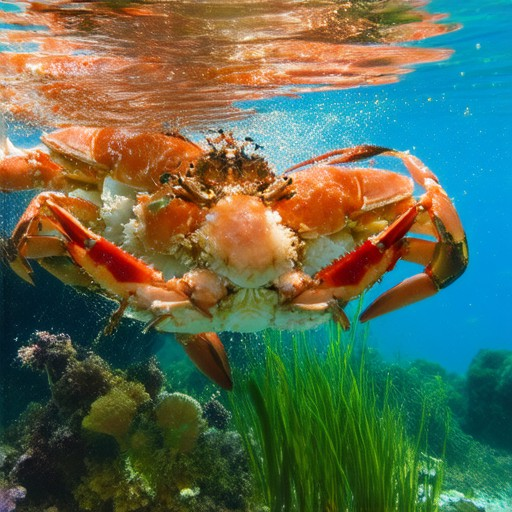
What is the Sauce in Seafood Salad?
The primary sauce used in seafood salad is a creamy dressing, which typically consists of mayonnaise as a base ingredient. This creamy component adds richness and moisture to the dish, often complemented by other ingredients like garlic, lemon juice, and sometimes mustard or herbs for added flavor.
Types of Sauces in Seafood Salad
- Creamy Dressing: A classic choice, this sauce is made with mayonnaise and often includes additions like garlic, lemon zest, or herbs for a fresh taste.
- AI-Inspired Aioli: A tangy option that combines garlic and olive oil, perfect for those looking for a bold flavor profile.
- Herb Vinaigrette: A lighter option featuring a mix of herbs and vinegar, ideal for a healthier twist on the dish.
- Remoulade Sauce: A creamy, peppery sauce that adds a unique kick to seafood salads, often incorporating egg yolks for thickness.
Choosing the Right Sauce
The choice of sauce depends on personal preference and the type of seafood used. Creamy dressings are versatile and work well with a variety of fish, while aioli and remoulade offer more distinct flavors that can complement specific ingredients.
How to Make the Perfect Seafood Salad
- Start by selecting high-quality seafood, such as shrimp, tuna, or salmon.
- Chop your favorite vegetables into bite-sized pieces for a crunchy texture.
- Mix together your chosen sauce with the seafood and vegetables in a large bowl.
- Add a sprinkle of paprika or chili flakes for an extra layer of flavor before serving.
For more seafood-inspired recipes and tips, visit our Seafood Salad Recipes collection.
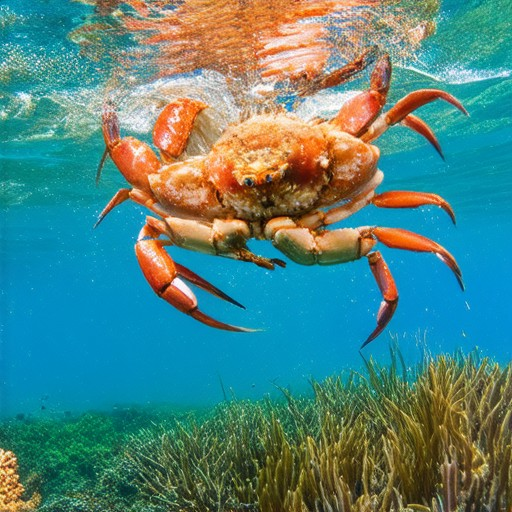
What is Seafood Salad Mix Made Of?
A seafood salad mix is a versatile dish that combines a variety of seafood ingredients with a flavorful dressing. Common components include:
- Main Ingredients:
- Imitation crab meat
- Shrimp
- Onion
- Celery
- Garlic
- Dressing Components:
- Mayonnaise
- Lemon juice
- Old Bay Seasoning
- Dill
- Salt
- Pepper
- Optional Additions:
- Capers
- Anchovy fillets
- Fresh herbs (parsley, chives)
- Mustard or horseradish
- Sugar or honey (for balance)
This mix can be customized to suit personal preferences, with regional variations incorporating different seafood types and spices.
What is in Italian Seafood Salad?
An Italian seafood salad, known as Insalata di Mare , is a traditional dish that combines a variety of fresh seafood ingredients. The classic recipe typically includes:
- Scallops – Sweet and delicate, they add a rich flavor to the salad.
- Shrimp – Tiny and crunchy, they bring a satisfying texture to the dish.
- Squid (Calamari) – Known for its tender texture, it adds depth to the salad.
- Mussels – Fresh and briny, they contribute a unique taste and umami flavor.
- Octopus – Sometimes included for its chewy texture and mild flavor.
- Clams – Small and savory, they add a subtle seafront taste.
- Dressing – Typically a simple vinaigrette made with olive oil, lemon juice, garlic, and herbs.
- Seasonings – Salt and pepper are commonly used to enhance the natural flavors of the seafood.
The dish is often prepared ahead of time, allowing the flavors to meld together, making it ideal for gatherings or casual meals. For the best experience, fresh, high-quality seafood is recommended to ensure the finest taste and texture.
For more detailed recipes and variations, visit our Insalata di Mare recipe page or explore our full collection of seafood recipes .
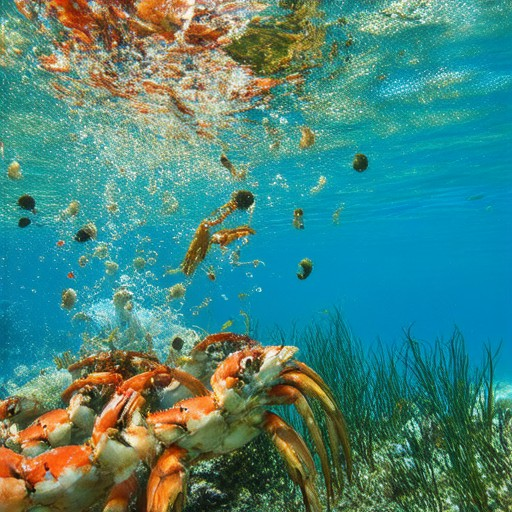
What is Ocean Salad Made Of?
Ocean salad, also known as ocean vegetables, consists of various types of seaweeds and sea plants harvested from the ocean. These ingredients are typically gathered from areas with strong tidal currents, ensuring they are clean and free from sediment.
Common Types of Ocean Salad:
- Nori – A red seaweed commonly used in sushi and Japanese cuisine.
- Dulse – A dark purple seaweed known for its umami flavor, often consumed as a snack or in soups and salads.
- Sea Lettuce – A green seaweed that is dried and used in various dishes, including soups and salads.
- Ogo – A type of ocean salad popular in Hawaii, typically sun-dried and used in local dishes.
Preparation and Processing:
Ocean salad is usually hand-harvested and cleaned using freshwater before being dried. Some varieties are sun-dried, while others may undergo mechanical dehydration. Once cleaned and dried, ocean salad is broken into smaller pieces for cooking and culinary use.
Cultural and Nutritional Significance:
Ocean salad holds cultural significance in many coastal communities, serving as a traditional and nutritious food source. It is valued for its high mineral content, including iodine, which supports thyroid health, and its rich supply of vitamins and antioxidants.
Where is Ocean Salad Found?
Ocean salad can be found in various forms in Asian, Pacific Islander, and Mediterranean cuisines, reflecting its global popularity and adaptability in different dietary cultures.
Conclusion:
Ocean salad is a versatile and nutritious ingredient used in a wide range of dishes across the world. Its unique taste and health benefits make it a valuable addition to many culinary traditions, from simple snacks to elaborate meals.

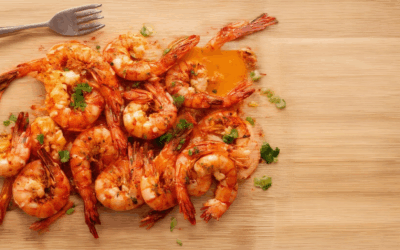
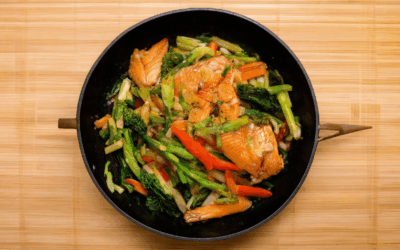

0 Comments